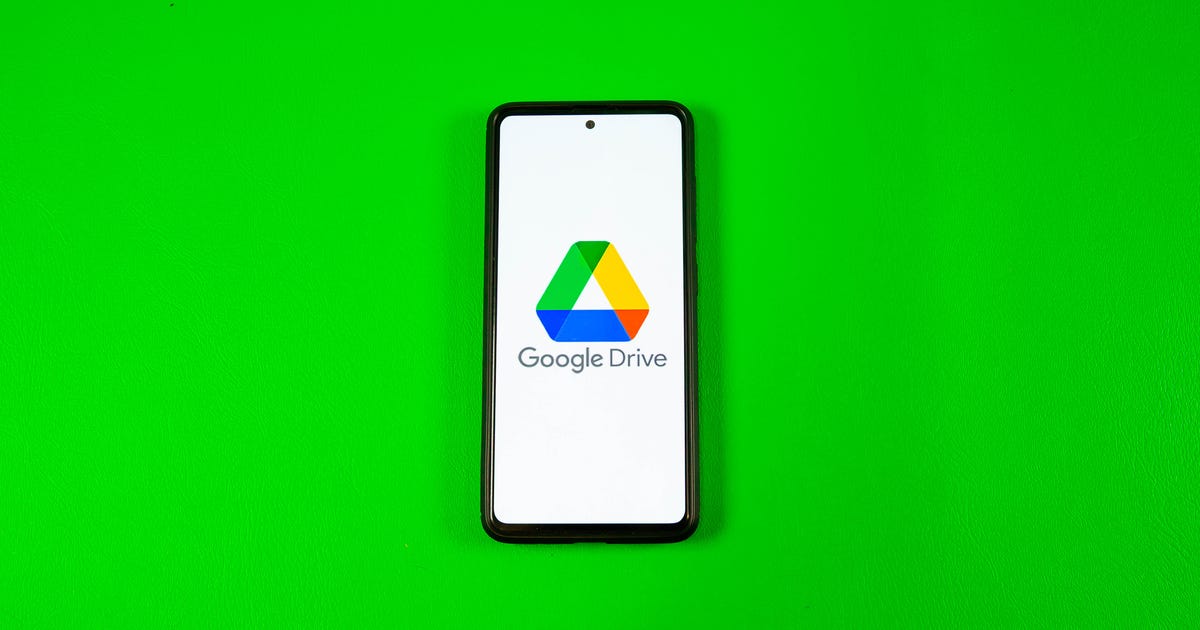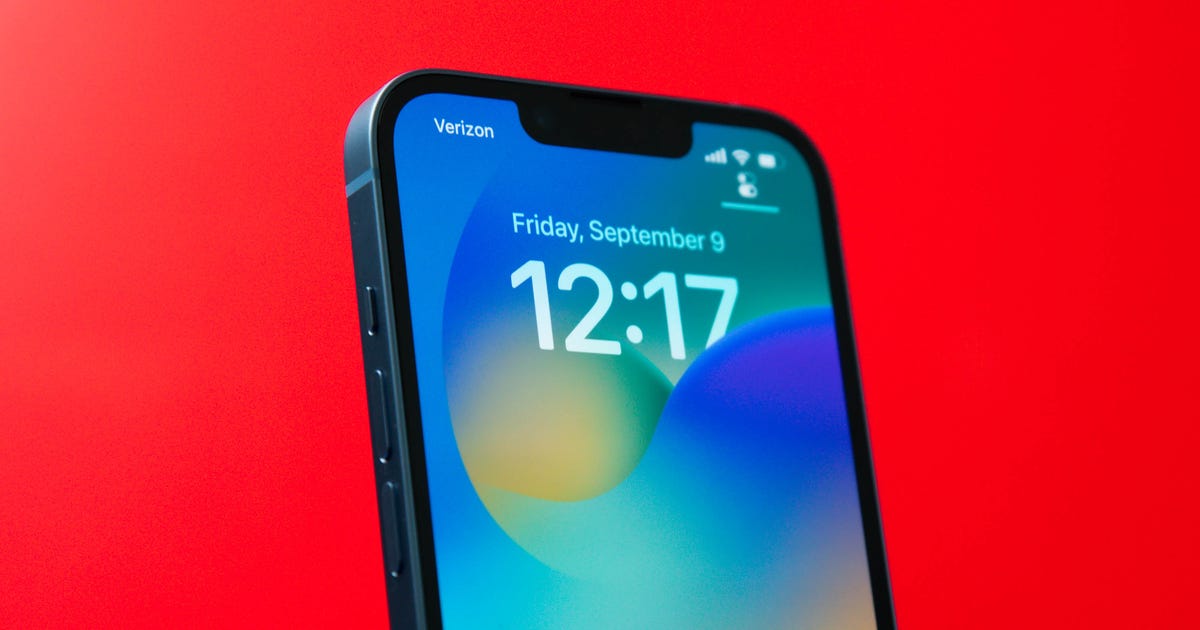
SBS
SBS has this week announced a massive overhaul of its On Demand catch-up TV service, bolstering its line-up with new content, and repackaging its films and TV into a slick new interface.
The updated platform now features more than 350 feature documentaries and factual programs (largely new and exclusive to On Demand), 600 international and local films, curated collections and a total of over 4,000 hours of content, all available for free to Australians.
The relaunch of On Demand fits neatly on a continuum of launches and rebrands in Australia, largely kicked off by the arrival of Netflix in March. Competitors welcomed the arrival of the US-based content-streaming giant saying it would win more consumers over to online streaming and grow the market across the board. And it has.
While it certainly wasn’t first to the Australian market, Netflix did introduce the Australian public en masse to the concept of on demand entertainment like they hadn’t seen before. No more TV seasons drip-fed out over months, no time limits for watching TV episodes, no hidden charges for ‘premium’ shows, and no tent-pole titles staking claim over a particular night’s programming — what is effusively labelled, in the world of broadcast, as ‘event TV.’
But where Netflix really upped the ante was in its user interface. A service that remembers where you’re up to in a program, regardless of the device you switch to; a system that curates titles based on your viewing habits; “adaptive bit rate” streaming that makes sure you’re almost never buffering; and a movie poster-style catalogue that foregrounds the titles, characters and actors viewers want to see, based on its complex recommendation engine.


SBS
Shortly after Netflix’s local launch, Foxtel followed its lead and updated its iQ platform with an image-heavy interface that seamlessly melded cable TV and internet streaming to deliver an ‘on demand’ experience.
Now SBS has followed suit with a slick and easy-to-use service that offers 4,000 hours of streaming (by comparison, SBS puts Netflix catalogue at roughly 6,000 hours) and it doesn’t cost a cent.
The clever players in Australia have watched Netflix and taken note, quite simply because they have to. Now Australian consumers have seen what a $400 million technology budget brings (that’s what Netflix spent in 2014 on tech alone) and what a company with 62 million customers can offer.
New streaming players came to market spurred on by Netflix and others boosted their offerings and cut their prices. But while Australian service providers say they can’t compete with Netflix’s content budget, they’re failing to recognise that it’s the simple stuff that counts: user experience.
Playing catch up on catch-up TV
Inconsistent search engines, clunky third-party media players and a dearth of apps mean the challengers in catch-up and streaming services can’t compete on the basic metrics, let alone on more advanced features such as adaptive streaming and titles curated for individual users.
It’s a question of ease of use. Channel 7’s PLUS7 and Channel 9’s JumpIn services only extend as far as web browser, iOS and Android — no native apps or options for consoles. Foxtel Play, the internet TV iteration of the pay TV service, requires a separate Microsoft Silverlight multimedia platform download to work (yes, Silverlight). And Quickflix only allows 6 devices to be registered with its service, and “if a device has been registered to two different Quickflix accounts within the previous 12 months, it cannot be registered to another account.”


SBS
That’s to say nothing of streams that crash out, or a free-to-air catch-up TV service that plays the same advertisement three times back-to-back during one ad break. And then twice again 10 minutes later. And then once more.
Legacy providers can no longer afford to treat catch-up or on-demand TV as a bolt-on revenue stream for advertisers. Consumers will see through your service if they feel you’re just ticking a box to stay relevant in an online economy.
It’s unclear whether internet TV is viewed as a competitor for eyeballs that the legacy monoliths of broadcast TV simply cannot brook, or if budgets won’t stretch to investing in on-demand platforms that are useable. When NRL broadcast rights fetch billions of dollars, it’s easy to see where networks might be feeling the pinch. But with the NRL reported to have approached Google to bid on rights to air games (for a rumoured AU$1.5 billion), it’s clear that not even the most stalwart broadcast drawcards are immune to the online phenomenon.
Away from the complex licensing arrangements and technical work going on behind the scenes, services like SBS On Demand (and indeed ABC iView) show what free-to-air providers are capable of: the look and feel of a paid-for streaming service, plenty of free content and a service that works seamlessly across devices (in SBS’s case 22 platforms, more than any other broadcaster).
With On Demand going from 4 million video views a month to 14 million a month in just 2 years, there’s certainly a business case for free-to-air providers to jump on board with on-demand streaming.
And with so many options on the table, a bad service means customers could end up just going elsewhere.




